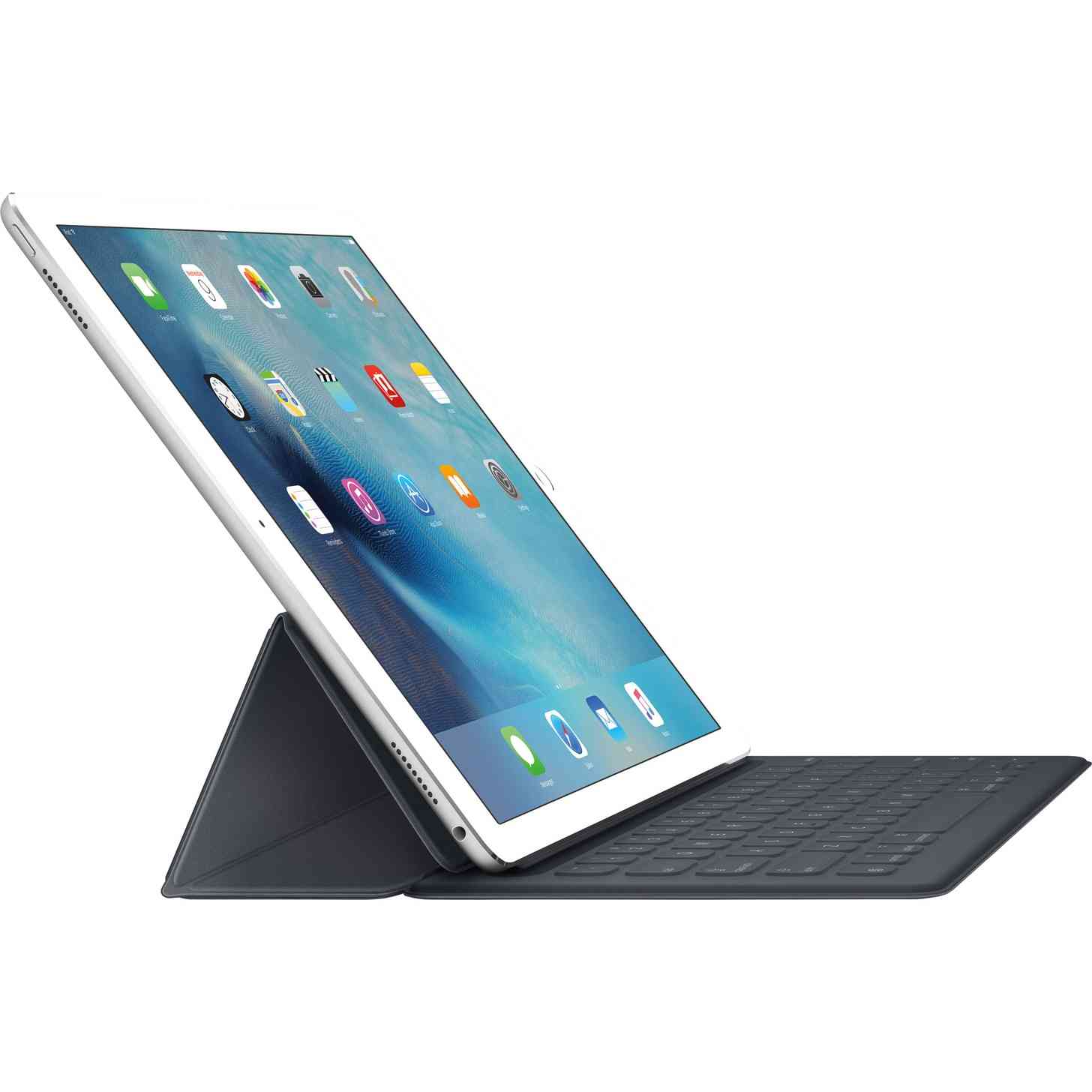
Apple held its annual Worldwide Developers Conference (WWDC) just last week, and while the Cupertino-based company had a lot of ground to cover, one of the most intriguing announcements regarded the iPad lineup. It’s been a year and a half since Apple revealed the 12.9-inch iPad Pro, and a year since the 9.7-inch version. This year, Apple revealed a new 10.5-inch version alongside a spec bump for the 12.9-inch variant, where the 10.5-inch version aims to replace the 9.7-inch variant – which isn’t a bad thing, considering the 10.5-inch iPad Pro stays nearly the same size as the 9.7-inch model, increased by mere millimeters.
While it’s a smart move to take advantage of the shrinking bezel trend, I can’t help but feel that the 10.5-inch iPad Pro still doesn’t solve the biggest factor – for me, at least – that contributed to my decision not to buy the iPad Pro in the first place, which is that it’s simply isn’t the laptop replacement that it aims to be.
Obviously, that isn’t the case for everybody. The iPad Pro can make a perfectly good laptop replacement for people who use their computers for web browsing, checking e-mails, social media, media consumption, and light gaming. But for everything else – for school, work, or anything that might require the use of a full-fledged computer program, the iPad Pro falls short. No Smart Keyboard, Apple Pencil, or Smart Connector could solve that. The only thing that could solve it is to replace the iPad Pro’s use of iOS with something a little more fleshed out.
For a while, I figured that macOS would be the answer. Why not just slap macOS on there and call it a day? While that’s one way to think about it, I think that the iPad Pro would need something different; perhaps a hybrid of sorts, between the intuitive nature of iOS and the capabilities of macOS. Something that makes the iPad Pro a little more Pro than it is right now. Something that would make it a real laptop replacement.
I don’t consider myself a power user by any means. I do the basics, but as a non-traditional student, I also do a lot of schoolwork from a computer. I also do 100% of my work from a computer, often needing to tote my computer to various places in order to do so. I wouldn’t be able to complete either activity with an iPad Pro. I can partially do both, but what’s the point if I just have to transfer the work to another, more capable device to finish the job? The iPad Pro is light and extremely easy to tote around, but I’d rather take something slightly heavier with me that gets everything done at once, which is why I ended up purchasing the Surface Book over the iPad Pro last August when I was in the market for a traditional laptop replacement.
I made the right decision. The Surface Book does everything I need, and it does it well. It just so happens that I’ve used Windows for as long as I can remember, so there wasn’t a pressing need to use a Mac. However, I know more Mac users than I do Windows users, and the form factor and functionality of the Surface Book is just good enough that I can’t help but wish that Apple had a true competitor, and I think the iPad Pro has been a missed opportunity for that.
I didn’t think that I would have much use for a touchscreen laptop; I mostly wanted the Surface Book to serve as a laptop primarily, with a tablet and active digitizer as an aside. But as time passes, I find that I actually use the touchscreen aspect of the Surface quite often, and I use tablet mode more often than I thought I would. I would estimate I use the device 60% as a laptop, 40% as a tablet. Fortunately, for those on the other side of the spectrum, there’s the Surface Pro, which seems to serve better as a tablet first and a laptop second. In this space, Microsoft has done a phenomenal job. However, there is no Apple equivalent, and I really think that Mac users could use a device that shares some of the same functionality as Microsoft’s Surface line.
I am both surprised it hasn’t happened already and hopeful that one day it will. The increased screen size is impressive and a welcome addition for the iPad Pro, but I still feel that the iPad Pro’s more powerful specs over the basic iPad models are wasted on the limitations of iOS. I would argue that aside from needing Apple Pencil support, most people that spring for the iPad Pro would do just as well buying the basic iPad for half the price.